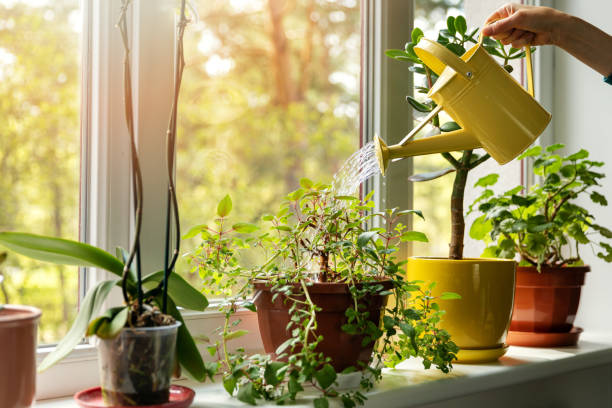
FAQ About Plant Care
Plant Care
2 years ago | gizem
How do I prevent yellow leaves on my plants?
Yellow leaves on plants can be a sign of various issues, including nutrient deficiencies, overwatering, underwatering, pest infestation, or environmental stress. Here are some general tips to help prevent yellow leaves on your plants:
- Assess watering practices: Ensure that you are watering your plants appropriately based on their specific needs. Avoid overwatering, as it can lead to root rot and yellowing leaves. Allow the top inch or two of soil to dry out before watering again. Adjust your watering frequency based on environmental conditions, plant size, and the specific water requirements of each plant.
- Check soil moisture: Regularly check the moisture level of the soil using the finger test. Stick your finger about an inch into the soil, and if it feels consistently wet, it may indicate overwatering. If it feels dry at that depth, it may indicate underwatering. Adjust your watering accordingly.
- Nutrient balance: Ensure that your plants are receiving adequate nutrition. Nutrient deficiencies, such as nitrogen, iron, or magnesium deficiencies, can cause yellowing leaves. Use a balanced fertilizer suitable for your plants and follow the recommended application rates. Consider soil testing to determine if any specific nutrient deficiencies need to be addressed.
- Light requirements: Ensure that your plants are receiving the appropriate amount of light based on their specific needs. Insufficient light can lead to weak growth and yellowing leaves. Adjust the location of your plants to provide the correct light exposure.
- Pest control: Regularly inspect your plants for signs of pest infestation, such as aphids, mites, or scale insects. These pests can damage plants and cause yellowing or distorted leaves. Use appropriate pest control measures, such as insecticidal soaps or natural predators, to manage the pests effectively.
- Environmental conditions: Consider the environmental conditions your plants are exposed to. Extreme temperatures, drafts, or sudden temperature fluctuations can stress plants and cause yellowing leaves. Ensure that your plants are placed in suitable locations and protect them from harsh environmental conditions.
- Pruning and maintenance: Regularly prune your plants to remove dead or damaged foliage. This helps redirect the plant's energy to healthy growth. Remove any yellow or diseased leaves promptly to prevent the spread of diseases.
- Avoid overfertilization: Excessive fertilization can lead to nutrient imbalances and yellowing leaves. Follow the recommended application rates and avoid overfertilizing your plants.
- Acclimate new plants: When introducing new plants to your indoor or outdoor space, allow them to acclimate gradually to their new environment. Sudden changes in light, temperature, or humidity can cause stress and yellowing leaves.
